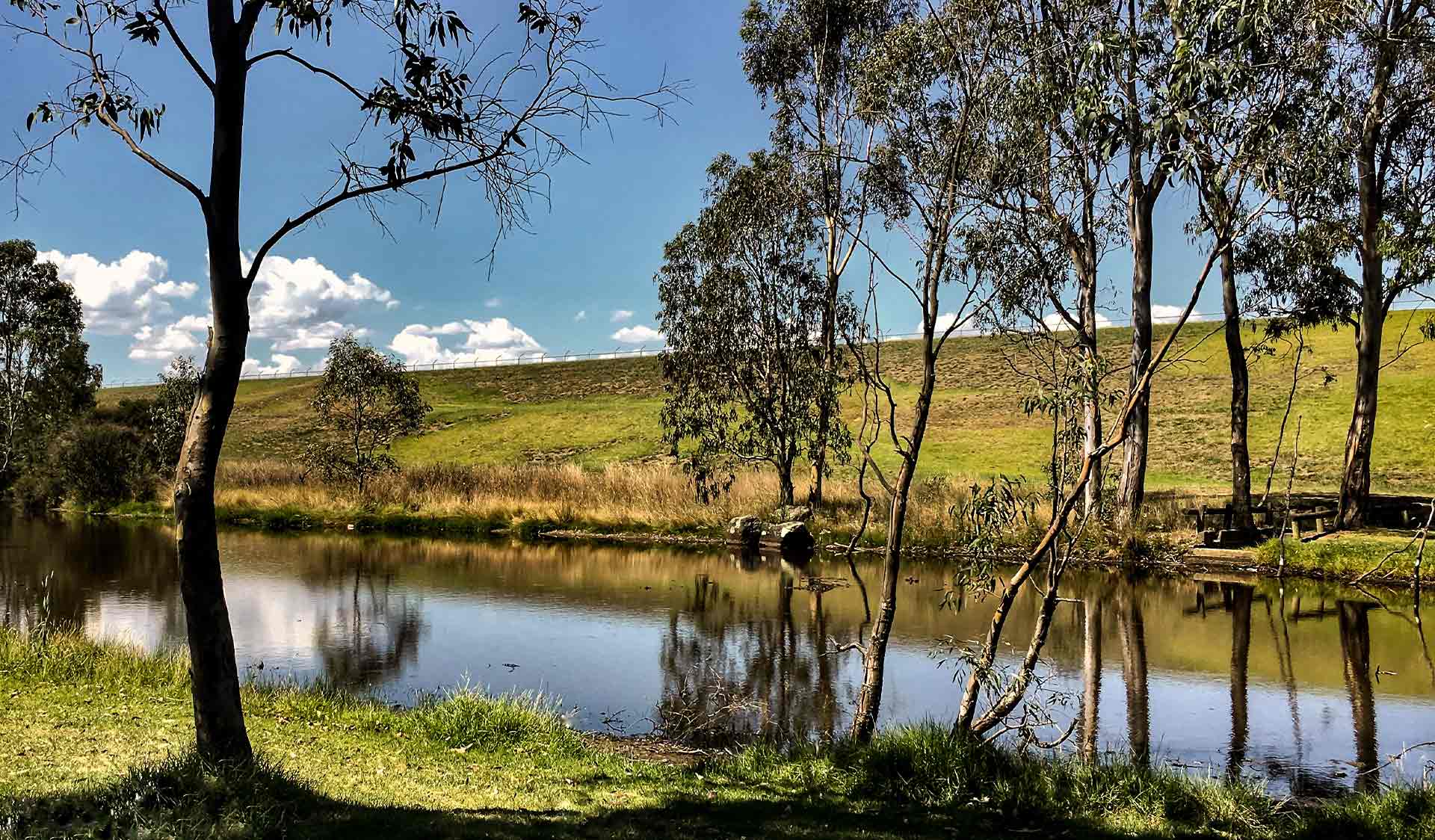There is nothing better than escaping the hustle and bustle of the city and visiting a park. The best part is you don’t even have to travel very far! Located within Melbourne’s suburbs, our are there for you to enjoy nature close to home. With their wide-open spaces and plenty of facilities, they are the perfect place to exercise, socialise and relax in natural surroundings.
Our urban parks haven’t always been as they are today. A visit to urban parks can offer a glimpse into Melbourne’s past, from the buildings that remain to the variety of native plants and their unique conservation values. Journey through time in some of our and discover the exciting developments that will allow future generations to keep enjoying these parks.
Point Gellibrand Heritage Park
Located less than 30 minutes south-west of Melbourne is arguably the richest heritage site in Victoria. A look into the history of reveals 150 years of industrial use.
John Batman named the area Point Gellibrand when he stepped ashore in 1836 and in 1838, a bluestone quarry was opened. The quarry was a key source of bluestone for Melbourne’s buildings, roads and piers. Convicts cut, transported and laid the rock and built the present-day Battery Road. It’s even rumoured that Ned Kelly worked on the retaining wall in 1873, before it was later reconstructed in the 1960’s!
Following the discovery of gold, Point Gellibrand was integral for the distribution of goods within the colony. The increased wealth during this period led to the construction of the Point Gellibrand Fort – the mainland’s first.
Visitors today can revisit this history by paying a visit to Fort Gellibrand or retracing Ned Kelly’s steps along Battery Road. The park is popular for nature-lovers and birdwatchers alike. A wander or ride along The Bay Trail is the perfect way to take in the landscape and views across the bay.
To protect this rich heritage area for years to come, the sea wall at Point Gellibrand Heritage Park will either be repaired or reconstructed in 2022 to make it safe and functional for years to come. This work is part of a $21 million dollar investment into our urban parks through the .
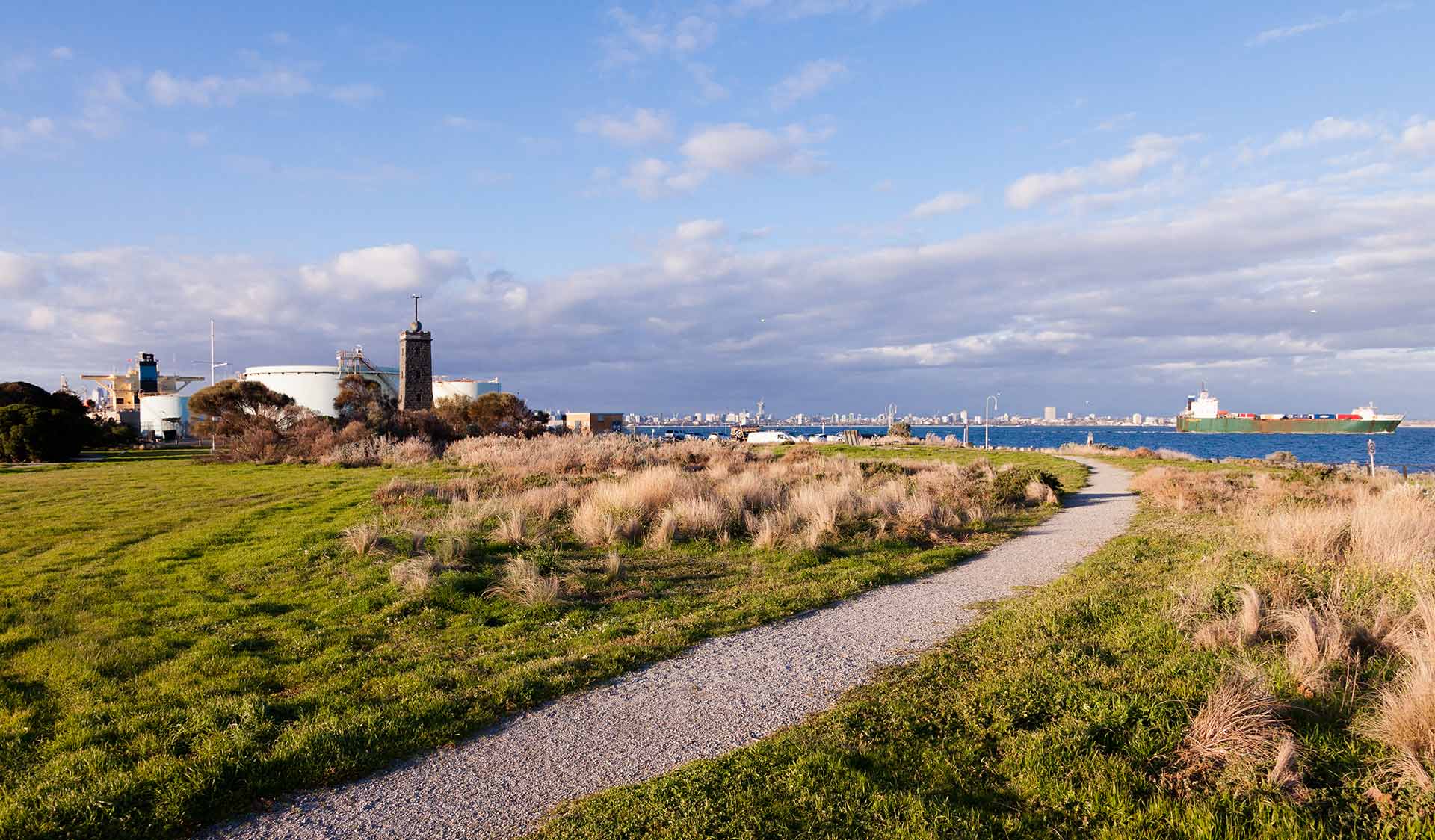
Yarra Bend Park
Melbourne’s largest bushland park has a rich Aboriginal and European past. Located just nine kilometres from the CBD, where the Yarra River and Merri Creek join, this has long been an important site for the Wurundjeri people.
Throughout the 19th century, several institutions were housed on the land of including the Merri Creek School, the Yarra Bend Asylum, the Queen’s Memorial Infectious Diseases and Fairfield Hospitals and the Fairlea Women’s Prison.
Yarra Bend Park and neighbouring Studley Park were reserved in 1877. Both park areas and several reserves were combined in 1929 to create one large park.
Relics of the park’s history are waiting to be uncovered. A bluestone pillar marks the site of the asylum, and an artificial weir remains from one of the first flour mills in Victoria – Ceres Flour Mill. Pay a visit to Studley Park Boathouse where you can hire a rowboat and paddle upstream. The boathouse is also the perfect place to stop for a bite to eat.
A colony of nationally-threatened Grey-headed Flying foxes call Yarra Bend Park home. Successfully relocated from the Royal Botanic Gardens to Yarra Bend Park, the colony is a must see on any visit to the park. The best viewing spots are from Yarra Boulevard or Bellbird Picnic Area.
Yarra Bend Park has gone through many evolutions, and that journey is not yet complete. Fairlea Reserve, not too far from the bluestone pillar, will soon be home to
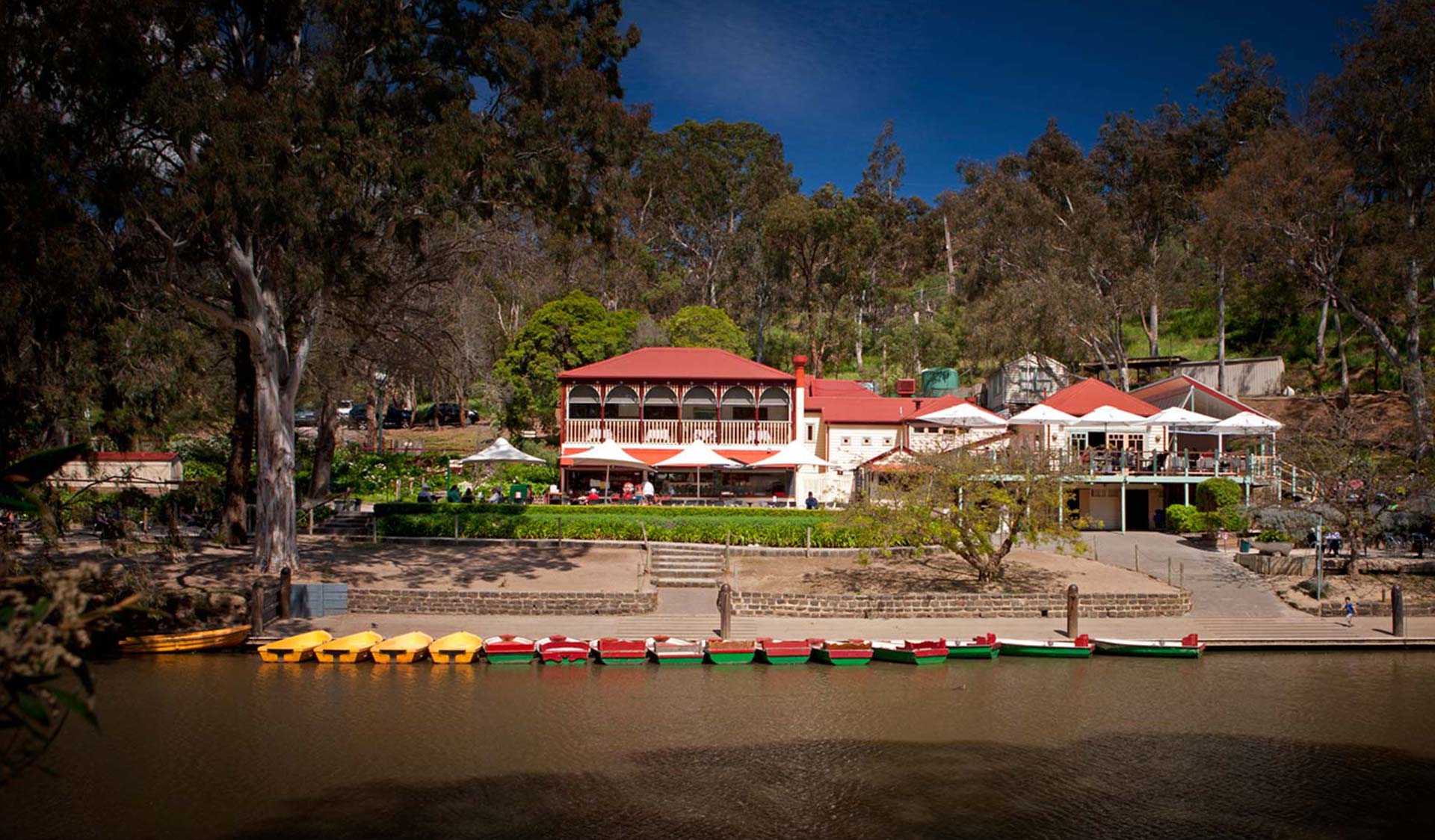
Braeside Park
The area we now know as has a history of various owners and uses since European settlement. On the traditional Country of the Bunurong People, this area has been used for grazing, market gardens and a sewerage treatment plant.
In 1930-1, the land was even used as a training ground for racehorses. The facility was even home to the famous Australian racehorse Phar Lap for a few weeks! This legacy remains today with Braeside Park’s Phar Lap Track (2km circuit). Walkers and runners alike can follow the old training track where Phar Lap pounded his hooves.
Visitors to the park today will find an oasis of parkland in the suburbs. The park celebrates its significant environmental and cultural heritage. Muralled art walls show the flora, fauna and cultural heritage of the area, while tree stump art carvings of local celebrities line Cypress Drive.
With wide-open spaces, free electric barbecues and a playground, the park is perfect for a family day out. Take in the history, wander the walking tracks and keep your eyes peeled for a diverse range of wildlife.
Braeside Park is one of 21 parks receiving $21 million of upgrades thanks to the . These upgrades to urban parks across our estate include new picnic shelters and tables, refurbished or upgraded toilets, carpark repairs, upgraded electric BBQs, replacement of playground equipment, signage upgrades, wider and more accessible pathways, and trail repairs. Early works are due to commence in Braeside Park in October 2021.
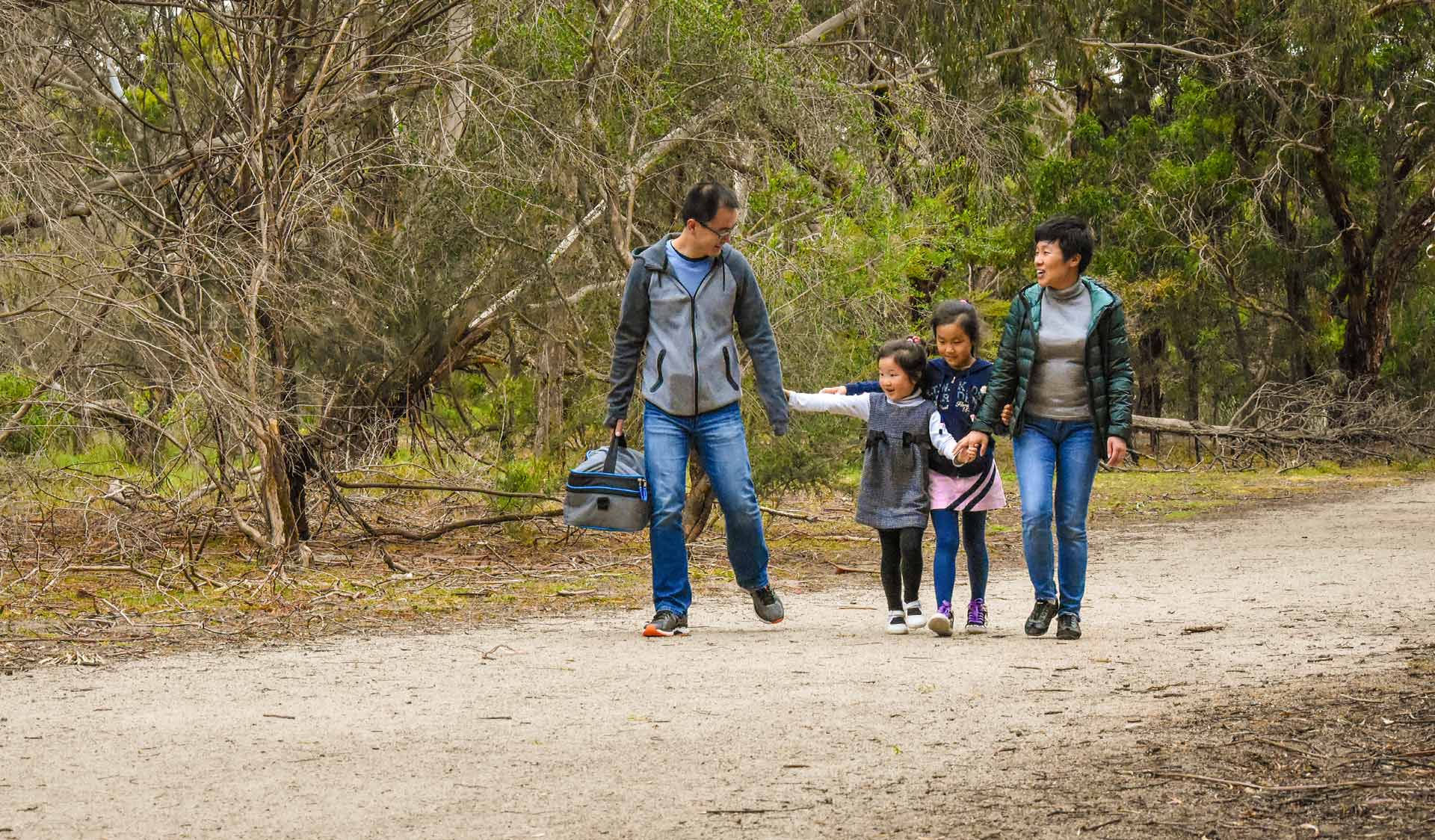
Wattle Park
was established in 1917, when the Hawthorn Tramway Trust had the idea of putting a “pleasure park” at the tram terminus. By providing a recreational facility for the public, the park also helped promote weekend and holiday use of the new tram line. The park is the only known remaining Australian example of a park established, owned, and operated by a transport authority.
You’ll find Wattle Park in Melbourne’s south-east, a 30-minute drive from the city. Enjoy a picnic in the park and be entertained by the Melbourne Transit Band (one Sunday a month from October to April), who have been a feature of the park since 1941. Spring visitors can enjoy the wattle that gives the park its name.
The park’s transport history remains a prominent and unique feature. Two W-Class trams make for unique picnic shelters and play areas. Built between 1923 and 1956, the family of W‐Class trams were designed due to the conversion of cable tram lines to electric and the planned expansion of the Melbourne system.
The historical stone waiting shelters, which originally served the tramway, also remain in the park. They form entrances for pedestrian access to the park on Riversdale Road and on the corner of Warrigal and Riversdale Road.
This much-loved park has some exciting changes with the . Proposed upgrades include a new all-abilities and upgrading walking and running tracks.
The new playscape proposes a Tram Fort with climbing frames, hammocks and an upper level. This key feature of the playscape will make sure that the tram heritage is respected while providing challenging and diverse play experiences.
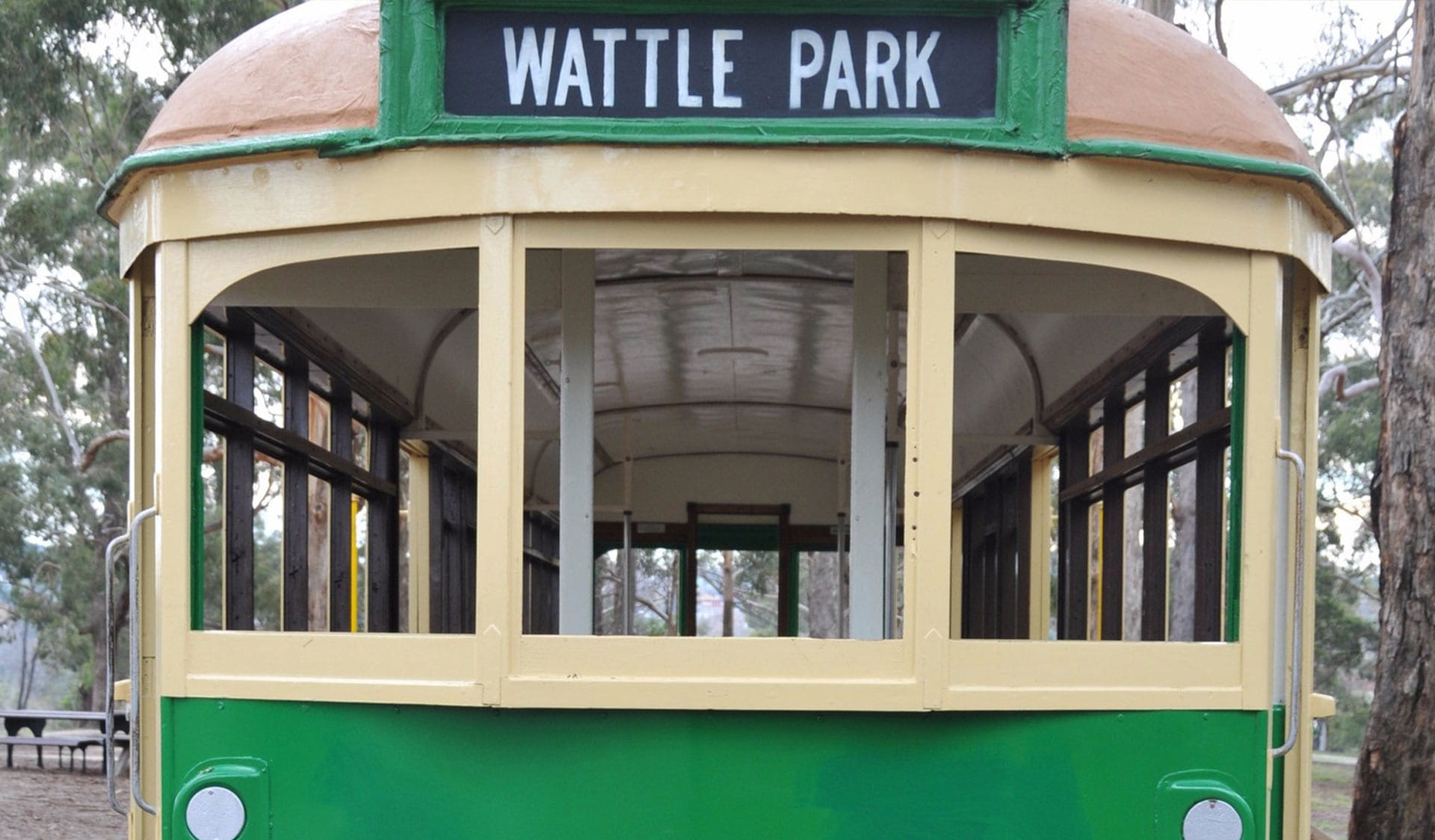
Yan Yean Reservoir Park
is found an hour’s drive north of Melbourne. It’s history begins with a convict transported to Tasmania following charges of embezzlement. After being pardoned James Blackburn, a civil engineer, moved to Melbourne and designed Yan Yean Reservoir.
Work began in 1853 and took four years, costing more than 750,000 pounds. While James Blackburn did not live to see its completion, the legacy of Victoria’s first reservoir lives on. It is now the oldest water storage site in Victoria.
Not long after the reservoir was completed in 1857, it was proclaimed a permanent reservation for water catchment. More than 150 years later, the park is still as popular today as when it first opened.
Pay a visit to the park and take in the historic features of Melbourne’s oldest dam including the remnant stone water channel, bluestone Valve House and Caretaker’s Cottage built in 1853. The park is also a great spot for walking and picnicking.
Yan Yean Reservoir is another park set to benefit from the . These upgrades to urban parks across our estate include new picnic shelters and tables, refurbished or upgraded toilets, carpark repairs, upgraded electric BBQs, replacement of playground equipment, signage upgrades, wider and more accessible pathways, and trail repairs.
